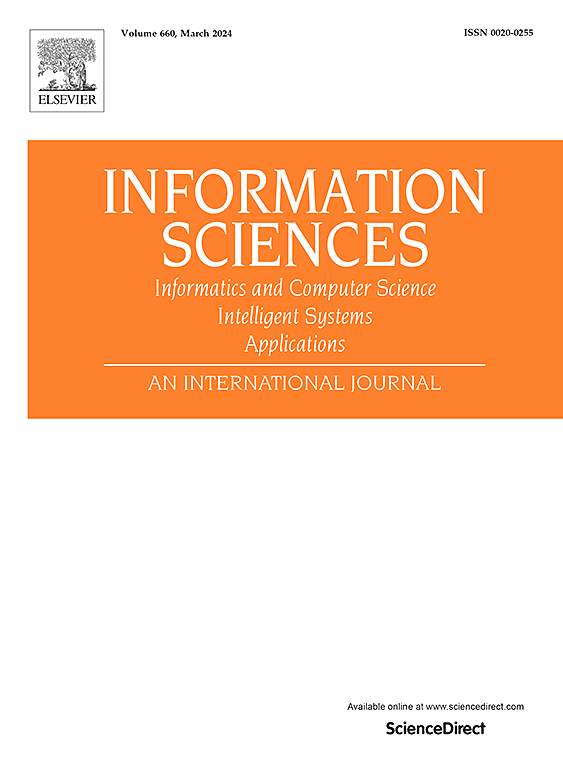Herbal ingredient-target interaction prediction via multi-modal learning
IF 8.1
1区 计算机科学
0 COMPUTER SCIENCE, INFORMATION SYSTEMS
引用次数: 0
Abstract
The computational prediction of herbal ingredient-target interactions (ITIs) is essential for understanding the mechanisms of action (MoA) of herbal medicine. However, many existing computational methods have yet to fully utilize the multi-modal knowledge of herbs, and the potential noise in literature-mined ITI data has been overlooked. To address these challenges, we propose Multi-ITI, a multi-modal learning framework to learn molecular biological and network topological features for ingredients and targets from multi-modal herbal data, including ingredient SMILES sequences, target protein sequences, ingredient SMILES sequence similarity, target protein sequence similarity, and ingredient-target interactions. Multi-ITI consists of a biological feature learning module and a heterogeneous graph learning module. The biological feature learning module integrates pre-trained models to build deep feature representations for ingredients and targets, while the heterogeneous graph learning module leverages a heterogeneous graph neural network with dynamic attention mechanisms to capture ingredient-target network interactions and mitigate the impact of noisy connections. Experimental results on three public datasets demonstrate that Multi-ITI outperforms six state-of-the-art methods. Additionally, we validate the effectiveness of Multi-ITI through molecular docking simulations and comparisons with recent studies, further highlighting its superior predictive performance and practical applicability.
基于多模态学习的草药成分-靶标相互作用预测
草药成分-靶点相互作用(ITIs)的计算预测对于理解草药的作用机制(MoA)至关重要。然而,许多现有的计算方法尚未充分利用草药的多模态知识,并且忽略了文献挖掘ITI数据中潜在的噪声。为了解决这些挑战,我们提出了Multi-ITI,这是一个多模态学习框架,用于从多模态草药数据中学习成分和靶点的分子生物学和网络拓扑特征,包括成分SMILES序列、靶蛋白序列、成分SMILES序列相似性、靶蛋白序列相似性和成分-靶点相互作用。Multi-ITI由生物特征学习模块和异构图学习模块组成。生物特征学习模块集成了预先训练的模型来构建成分和目标的深度特征表示,而异构图学习模块利用具有动态注意机制的异构图神经网络来捕获成分-目标网络的相互作用,并减轻噪声连接的影响。在三个公共数据集上的实验结果表明,Multi-ITI优于六种最先进的方法。此外,我们通过分子对接模拟和与近期研究的比较验证了Multi-ITI的有效性,进一步强调了其优越的预测性能和实际适用性。
本文章由计算机程序翻译,如有差异,请以英文原文为准。
求助全文
约1分钟内获得全文
求助全文
来源期刊

Information Sciences
工程技术-计算机:信息系统
CiteScore
14.00
自引率
17.30%
发文量
1322
审稿时长
10.4 months
期刊介绍:
Informatics and Computer Science Intelligent Systems Applications is an esteemed international journal that focuses on publishing original and creative research findings in the field of information sciences. We also feature a limited number of timely tutorial and surveying contributions.
Our journal aims to cater to a diverse audience, including researchers, developers, managers, strategic planners, graduate students, and anyone interested in staying up-to-date with cutting-edge research in information science, knowledge engineering, and intelligent systems. While readers are expected to share a common interest in information science, they come from varying backgrounds such as engineering, mathematics, statistics, physics, computer science, cell biology, molecular biology, management science, cognitive science, neurobiology, behavioral sciences, and biochemistry.
 求助内容:
求助内容: 应助结果提醒方式:
应助结果提醒方式:


